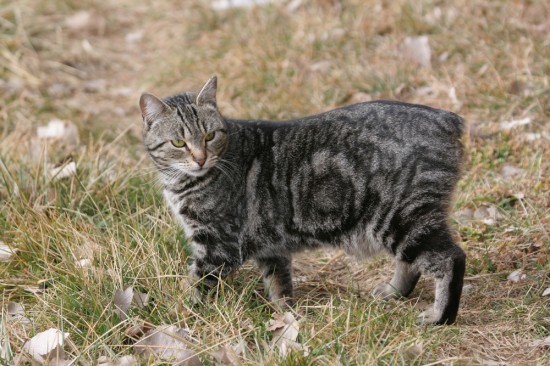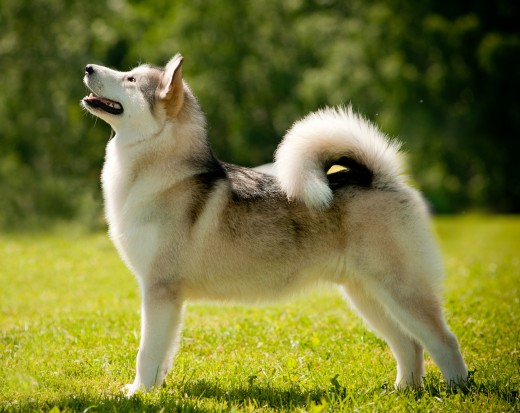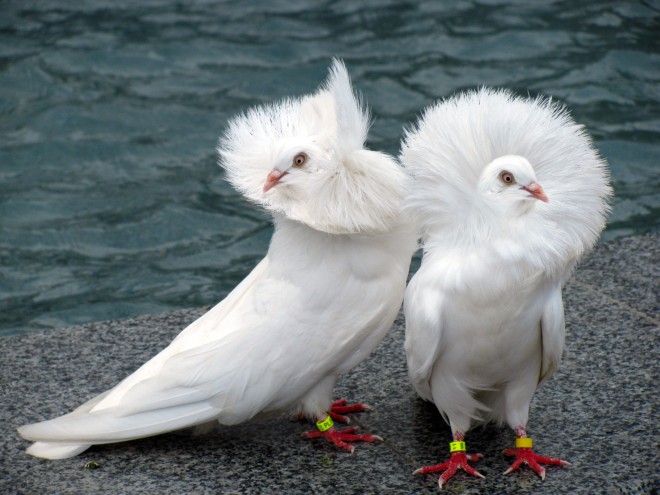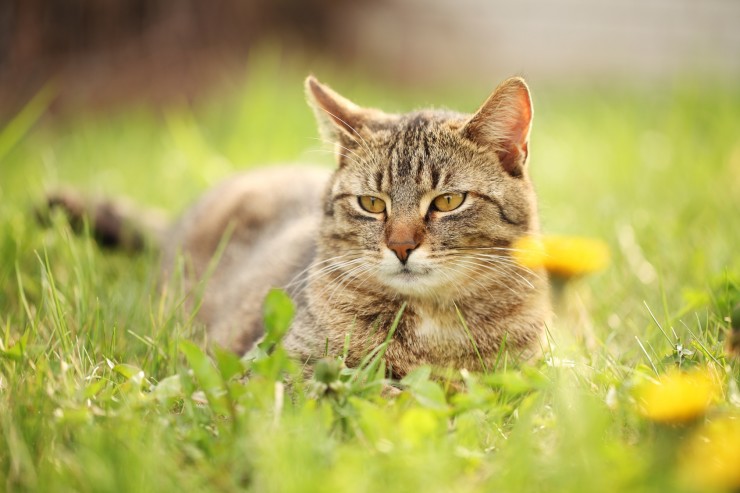For over a decade many Canada geese have been doing the unexpected - they are not going back to Canada. As a result, the Northeast United States has become home to an alarming number of these problematic birds. Tighter Federal and State protective regulations coupled with the changed migration patterns of these birds have contributed to their settlement and expansion. From Connecticut to New York and the rest of the Tri-State area, populations of Canada geese are causing serious problems for the locations they continue to settle in.
The problem with these 5 million or so resident Canada geese is that the average full grown goose eats 3 lbs of grass a day, which is kindly returned via a 1.5 lb bundle of droppings. For most people, this might not be of much concern. For property owners with sprawling lawns of great value, however; these Canada geese are much more than just a nuisance.
The increasing amount of year-round geese settlers has led to significant troubles for the New York, Westchester, Putnam, Duchess, Long Island, and Southern Connecticut areas. Large flocks of geese are causing damage and posing human health risks in parks, waterways, golf courses, residential areas, corporate campuses, cemeteries and schools. According to the New York State Department of Environmental Conservation and the U.S. Department of Agriculture Animal Health Inspection Service, "[Goose]Problems include over-grazed lawns, accumulations of droppings and feathers on play areas and walkways, nutrient loading ponds, public health concerns at beaches and drinking water supplies, aggressive behavior by nesting birds, and safety hazards near roads and airports".
For property owners whose landscapes are plagued by the Canada goose, it is important to utilize both a safe and efficient method for discouraging these pest-like birds who frequent their lawns. People with Canada goose problems often make the mistake of using harmful or quick fixes like poisons, noisemakers, grid wire, and plastic replicas of goose predators. Not only are these methods temporary, but they can be dangerous. It is important (for both the environment and one's wallet) to make the intelligent choice of using safe and humane goose control solutions that last.
The Canada goose problem is growing in the Northeast. However, goose problems don't need to be your problems with local companies who are available to provide safe and effective solutions to the increasing number of avian immigrants from the north.

 The Manx Cat - The Genetics Of The Tailless Cat Breed
The Manx Cat - The Genetics Of The Tailless Cat Breed
 Jack Russell Hereditary Health And Average Longevity
Jack Russell Hereditary Health And Average Longevity
 Things to Keep in Mind before Taking your Dog to a Dog Boarding Facility
Things to Keep in Mind before Taking your Dog to a Dog Boarding Facility
 Feeding Your Horse - It Doesnt Have To Be Difficult!
Feeding Your Horse - It Doesnt Have To Be Difficult!
 Is The Alaskan Malamute A Good Choice Of Domestic Pet?
Is The Alaskan Malamute A Good Choice Of Domestic Pet?
 Buying A Puppy - The Most Important Questions To Ask The Breeder
Buying A Puppy - The Most Important Questions To Ask The Breeder
 Chipmunks - A Beginner’s Guide
Chipmunks - A Beg
Chipmunks - A Beginner’s Guide
Chipmunks - A Beg
 What To Expect From Your Puppy At 8 To 12 Weeks
What To Expect Fr
What To Expect From Your Puppy At 8 To 12 Weeks
What To Expect Fr
 13 Amazing Breeds Of Fancy Pigeons
13 Amazing Breeds
13 Amazing Breeds Of Fancy Pigeons
13 Amazing Breeds
 April Is National Pet Month – Celebrate With Us!
April is National Pet Month! You may be asking yourself, Wha
April Is National Pet Month – Celebrate With Us!
April is National Pet Month! You may be asking yourself, Wha
 Five Safe And Effective Ways To Keep Your Cat Out Of Parts Of Your Garden
Five Safe And Eff
Five Safe And Effective Ways To Keep Your Cat Out Of Parts Of Your Garden
Five Safe And Eff